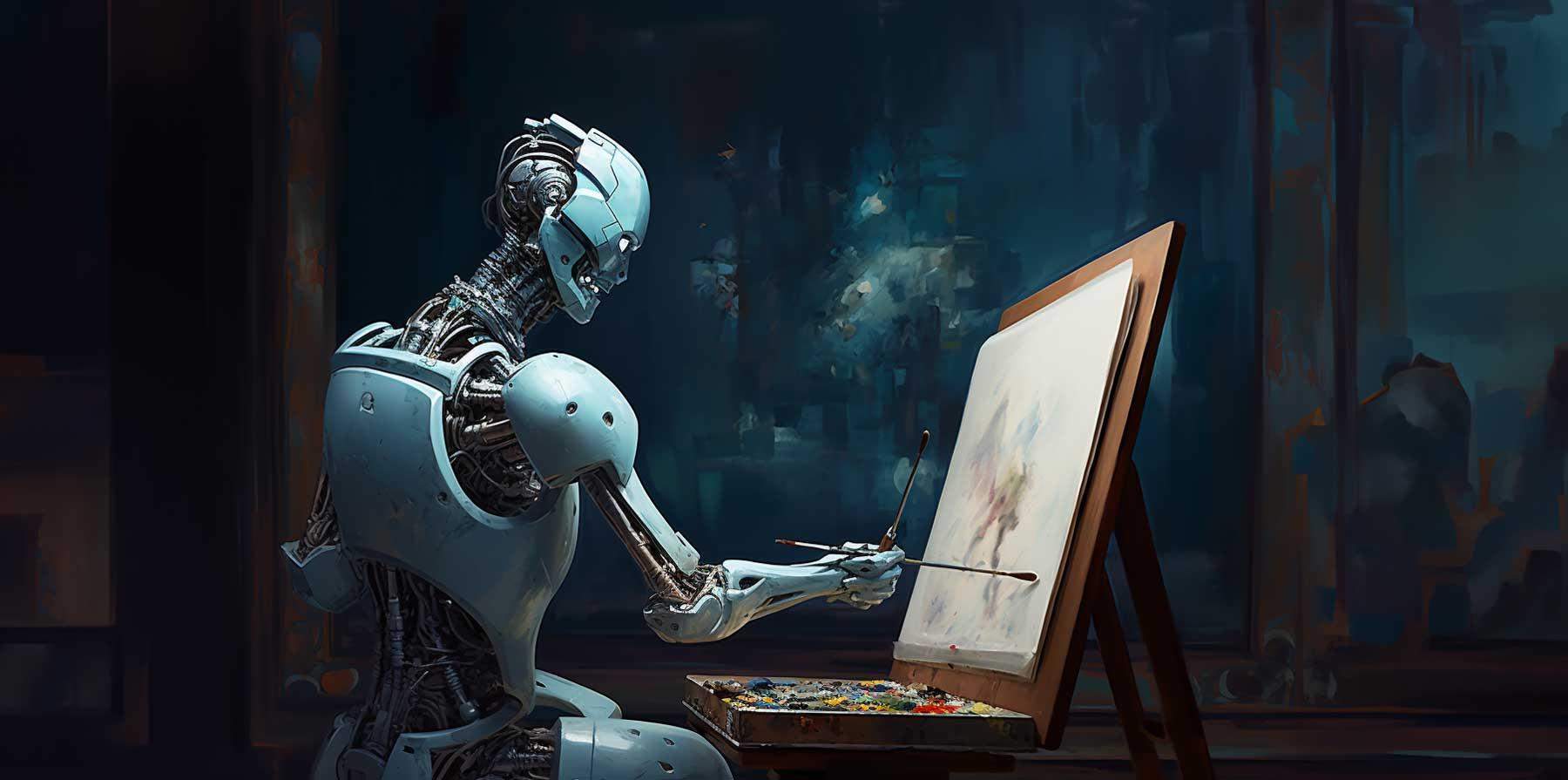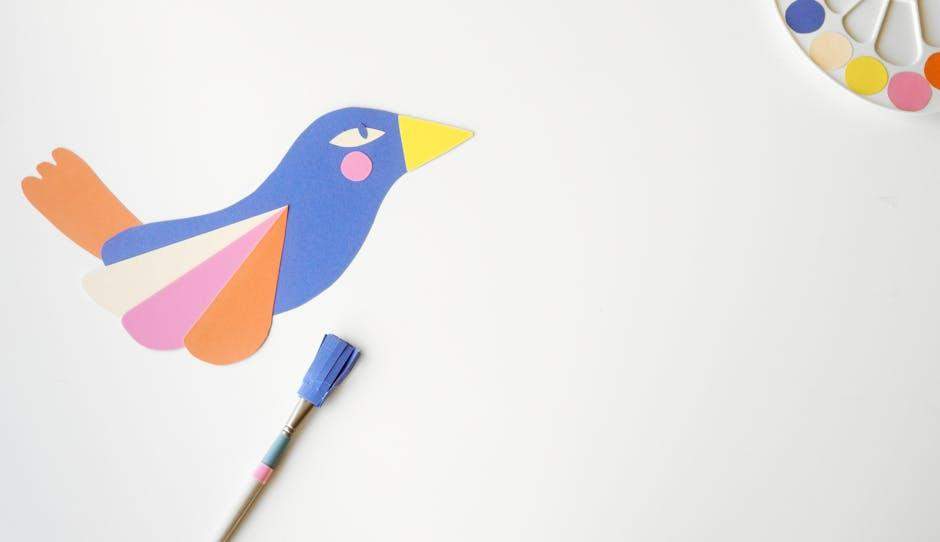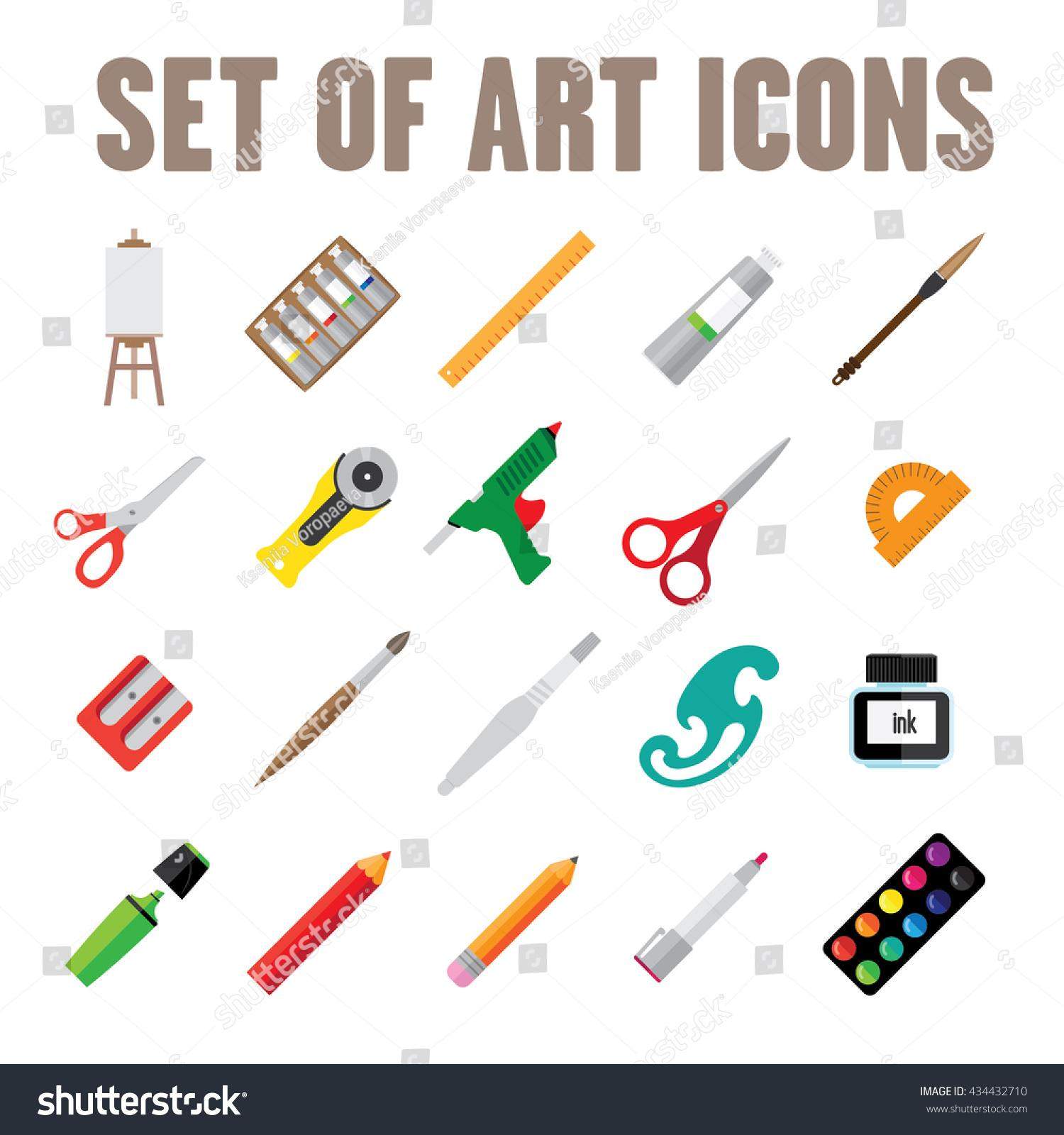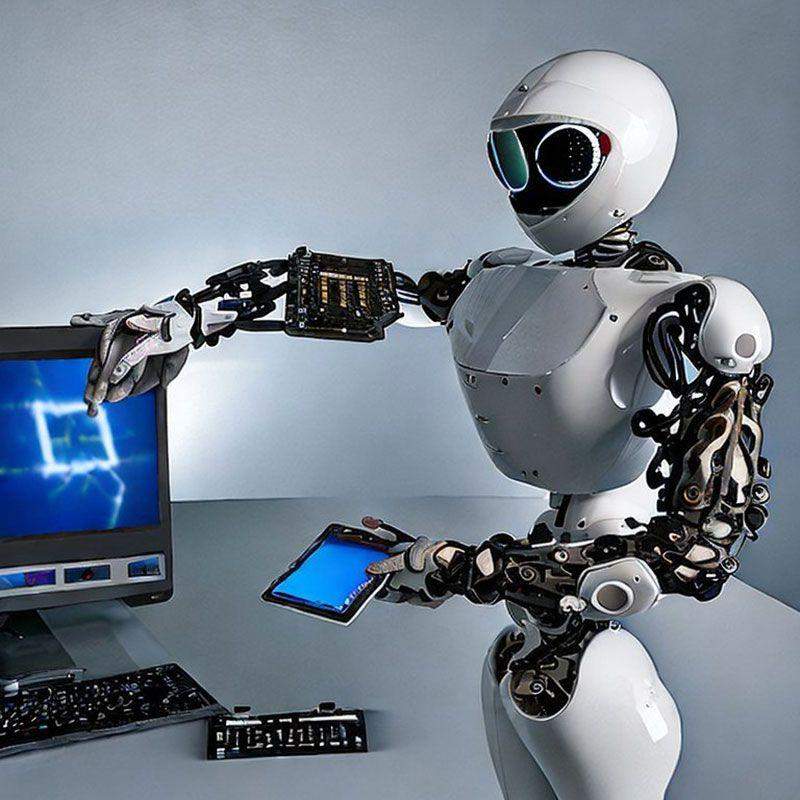In an age where pixels and algorithms converge, the realm of AI image creation has transformed the landscape of art, design, and visual communication. As artificial intelligence continues to refine its ability to generate stunning imagery, it opens up a world brimming with possibilities that extend far beyond traditional methods. In this listicle, we delve into seven fascinating aspects of AI image creation that you should know. From the innovative techniques that enable AI to produce mesmerizing visuals, to the ethical implications of machine-generated art, readers will gain insights into the technology reshaping our creative environments. Discover how AI is not just a tool, but a collaborator, influencing artistic expression in ways you may not have considered. Join us as we explore the captivating intersection of creativity and technology!
1) The Evolution of AI Art: From Simple Algorithms to Complex Neural Networks – Discover how AI image creation has transformed over the years, evolving from basic pattern generation to sophisticated neural networks that can produce breathtaking artwork mimicking renowned artists
In the early days of AI image creation, artists and programmers relied heavily on basic algorithms that produced simplistic patterns. This rudimentary approach involved manipulating pixels through straightforward mathematical models, resulting in images that, while intriguing, lacked depth and emotional resonance. As these algorithms continued to evolve, artists began to experiment with more complex rule-based systems, pushing the boundaries of what machine-generated art could achieve. Increasingly intricate designs emerged, laying the groundwork for a seismic shift in how we perceive and create art using technology.
The advent of neural networks, particularly Generative Adversarial Networks (GANs), marked a turning point for AI art. These sophisticated models are capable of learning from vast datasets, analyzing countless styles and techniques from renowned artists. This deep learning approach allows the AI to generate original artwork that not only mimics established styles but also creates entirely new, innovative visuals. The result is a rich tapestry of artistic expression that challenges traditional perceptions of creativity and authorship.
| Era | Technology | Characteristics |
|---|---|---|
| Early AI | Basic Algorithms | Simple patterns and shapes |
| Mid-2000s | Rule-Based Systems | More intricate designs, limited emotional depth |
| 2014-Present | Neural Networks (GANs) | Innovative, original artwork, emotional resonance |

2) Training on Diversity: How Data Shapes AI Creativity – Explore the impact of diverse datasets on AI-generated images, and how the variety (or lack thereof) can influence the style, tone, and cultural representation in the resulting artworks
The creativity of AI in generating images is heavily influenced by the diversity of the datasets it is trained on. A rich tapestry of inputs allows these systems to create artworks that resonate with a wide range of cultures, styles, and emotional tones. When datasets encompass a variety of images, art styles, and historical contexts, the result is a more vibrant and eclectic output. Conversely, a lack of diversity can lead to homogenized creations, where artistic expression is muted and certain cultural representations are overlooked or misinterpreted. This can result in a narrow view that fails to honor the intricacies of global artistic movements.
Moreover, the fabric of these training datasets not only determines what the AI can create, but it also shapes its understanding of context. For example, the AI may draw from influences as varied as traditional indigenous patterns, contemporary digital art, and classic Western painting, resulting in a fusion that is both unique and reflective of cultural intersections. If a dataset skews towards a singular narrative, the tone of the produced artwork may inadvertently reinforce stereotypes or biases. Thus, discussions around data diversity are crucial for enhancing the richness of AI-generated imagery, enabling a future where art reflects a more comprehensive truth about humanity.

3) Ethical Considerations: Ownership and Authenticity in AI Art - Delve into the complex discussions surrounding copyright, originality, and the definition of creativity in the context of AI-generated images, raising important questions about who truly “creates” the art
The emergence of AI-generated art has ignited a whirlwind of discussions surrounding issues of ownership and authenticity. As algorithms create images that often mimic the styles of human artists, the question arises: who owns the rights to these creations? This dilemma blurs the lines between creator and tool, as AI serves not just as a medium but as an active participant in the artistic process. Some argue that the unique inputs and creative choices of the programmers should grant them artistic credit, while others insist that since the AI acts independently, it should be recognized as its own creator. This debate has implications not just in the art world but also in intellectual property laws that are ill-equipped to handle the rapid evolution of technology.
Moreover, the notion of originality takes on a new meaning when considering AI’s method of image creation, often relying on vast datasets compiled from existing artworks. This process raises pressing questions about creativity itself. Is AI-generated art genuinely original, or merely a sophisticated remix of other creators’ works? A closer examination reveals a spectrum of opinions, where some view AI as an enhancement of human creativity, broadening artistic horizons, while others caution against relying too heavily on machines for artistic expression. Understanding these dynamics is crucial as we navigate a world increasingly influenced by artificial intellect.

4) Applications Beyond Aesthetics: The Role of AI in Industries – Examine the practical applications of AI in various fields, from fashion design and advertising to medical imaging and architecture, showcasing how AI image creation is revolutionizing professional practices and enhancing creativity in numerous sectors
AI image creation transcends aesthetics, making significant strides in various industries that benefit from its groundbreaking capabilities. In the fashion industry, designers are employing AI algorithms to analyze current trends and generate unique designs that push creative boundaries. This enhances not only the process of brainstorming but also enables quick prototype testing, leading to a more streamlined production cycle. Similarly, in advertising and marketing, brands utilize AI to create tailored imagery that resonates with targeted audiences. By analyzing consumer preferences, AI can produce graphics and visuals that are not only engaging but also effectively drive sales and brand loyalty.
Beyond these creative fields, the application of AI image generation is profoundly transforming medical imaging and architecture. In medicine, AI-enhanced imaging tools can analyze scans with immense precision, assisting healthcare professionals in diagnosing and planning treatments more effectively. For architects, AI can simulate diverse design options, helping them visualize structures under various environmental conditions or use cases. This fosters innovation and provides clients with a comprehensive view of potential outcomes before the actual construction begins.
In Conclusion
As we wrap up our exploration of the 7 fascinating aspects of AI image creation, it’s clear that this technology is not just a novelty; it’s a transformative force reshaping the way we perceive and interact with visual art. From its ability to generate stunning imagery in mere seconds to the ethical considerations it raises, AI image creation invites us to reflect on our relationship with creativity and innovation.
Whether you’re an artist looking to push the boundaries of your work, a tech enthusiast eager to delve into the future of design, or simply someone curious about the capabilities of artificial intelligence, there’s no denying that this is an exciting time for visual expression. As we move forward, we’ll surely continue to witness the evolution of AI-generated imagery, providing endless possibilities for exploration and inspiration.
So, the next time you encounter a captivating image, take a moment to consider the technology and creativity behind it. Who knows—your future projects might just be sparked by the brilliance of AI! Thank you for joining us on this journey, and we hope you feel inspired to dive deeper into the world of AI image creation.




